QuestionI have a 5 month old Olde English Bulldogge (female). We have been
socializing her with other dogs on a regular basis (twice a week at the dog
park since we got her at 10 weeks). She plays quite rough, biting, nipping at
legs, etc. There have only been a couple of occasions where another dog has
yelped and told her she was being too rough. My question is, when she does
get rough with other dogs, is it my responsibility to let me know that? Or
should I leave it up to the other dog?
I was told that if she bites and shakes her head, or starts nibbling on ears,
etc, that I should scold her. But if the other dog is letting her do it, should I
be concerned?
Will older dogs let her be more rough because she is a puppy?
Thank you,
Melissa
AnswerThe English Bulldog can be a fabulous companion but they are stubborn, independent and can be quite dominant. Unfortunately, due to its recent popularity, unscrupulous backyard and puppy mill breeders have begun to breed them. You don't mention where you got your puppy; if you met the dam (mother) at least and saw her littermates. It sounds, from the description, that she did not learn appropriate interaction with her littermates from them or from her dam, which makes me think her breeding was haphazard. Given this, I can't attest to her temperament and you don't mention how she behaves with you and other humans in terms of mouthing and response to training. I think you need to be proactive in this situation and do two things.
First, learn about positive reinforcement training (check Karen Pryor's website on clicker training, she introduced this to dog training many years ago) and begin a regimen of teaching your dog behaviors that you can reward, beginning with a simple "sit" (but using another word.) Within 36 trials (training events, keep them short), your dog should have obtained a conditioned response and you can then take the behavior outdoors in areas with few distractions, and then increasingly busier areas. This will all take some time (at least a month) until your dog is ready to offer 100% compliance to your cue (command) for "sit" while surrounded by other dogs. Once you have obtained this, you can use that cue to deflect her interest in other behaviors she has chosen, providing she is not so involved with the other behavior as to render your intervention useless. Not being able to see this first hand, and not being able to temperament test your dog for trainability, rank opportunism, male-related behaviors (females receive testosterone in utero and in a heavily male populated litter we can see females behaving more like a male) and willingness to please.
The second thing you need to do is to keep your dog on long training leash at the dog park, so that you can remove her (with no hands on, no verbal comment, just move away) from a situation which appears to you to be harming the other dog. You may be seeing normal (for your dog) play interaction and, if your dog backs off another dog who yelps or demonstrates pain, this is not a problem except for the fact that the other dog's owner might not appreciate this rough interaction. If you observe that her play mates are not visibly in pain but appear to be playing normally, there's no need to intervene. If you observe your dog playing in a dominant manner which appears to be increasingly aggressive, you must remove her from the situation and ask her to 'work' for you (using the cues she has learned, predominantly the 'sit' command).
I also suggest you find a group training environment with a trainer who UNDERSTANDS and USES ONLY positive reinforcement training (NO CHOKER COLLARS!) In this scenario, your dog is on lead and learning her 'manners' around, and with, dogs her own age. But choose this group carefully; not everyone who claims to be a dog trainer knows what s/he is doing and coercive, punishing training does nothing but worsen fear and dominance in dogs.

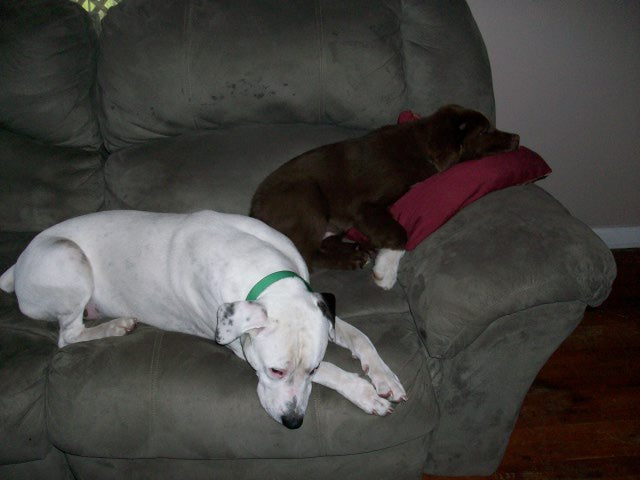 American Bulldog aggression
Question
Buddy and Rez
I have a 2 year old Ameri
American Bulldog aggression
Question
Buddy and Rez
I have a 2 year old Ameri
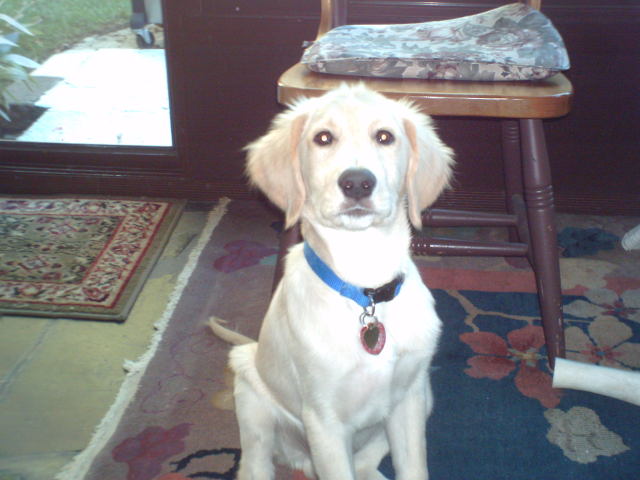 my 7 month old golden changed for the worse
QuestionRiley at 6 months
QUESTION: I got a gold
my 7 month old golden changed for the worse
QuestionRiley at 6 months
QUESTION: I got a gold
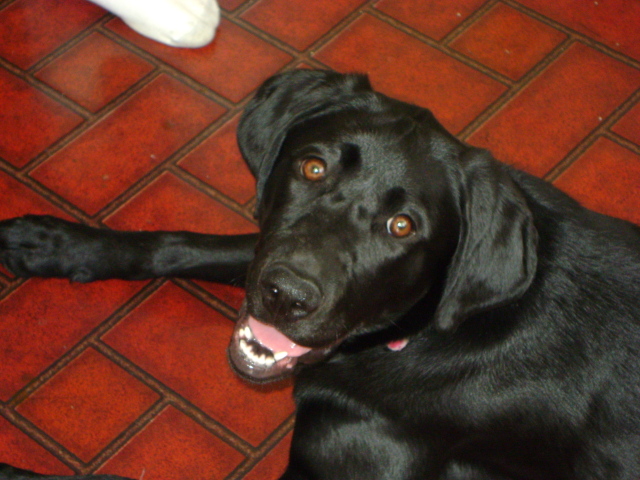 Black lab - 1 yr
QuestionSheba
QUESTION: My lab loves to bite her
Black lab - 1 yr
QuestionSheba
QUESTION: My lab loves to bite her
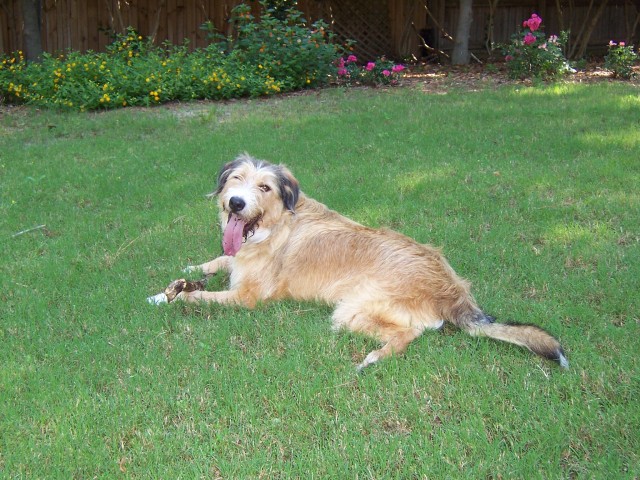 anxious dog
Question
Louie
Hi, We adopted a 2 year old male A
anxious dog
Question
Louie
Hi, We adopted a 2 year old male A
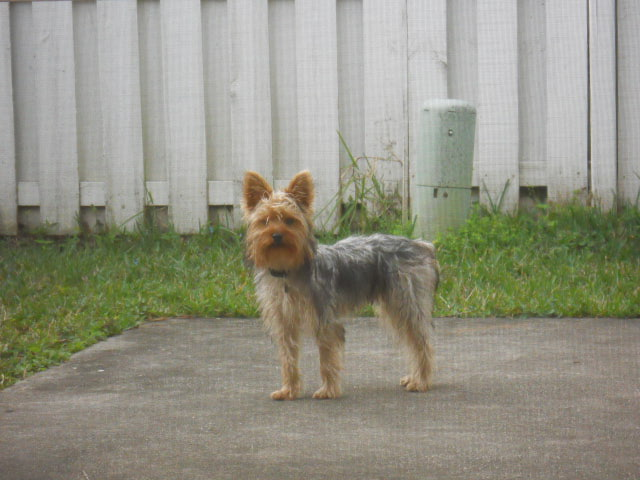 agressive silky terrier
Question
Lucas 1 year old
Hi Jennifer:
I have a
agressive silky terrier
Question
Lucas 1 year old
Hi Jennifer:
I have a